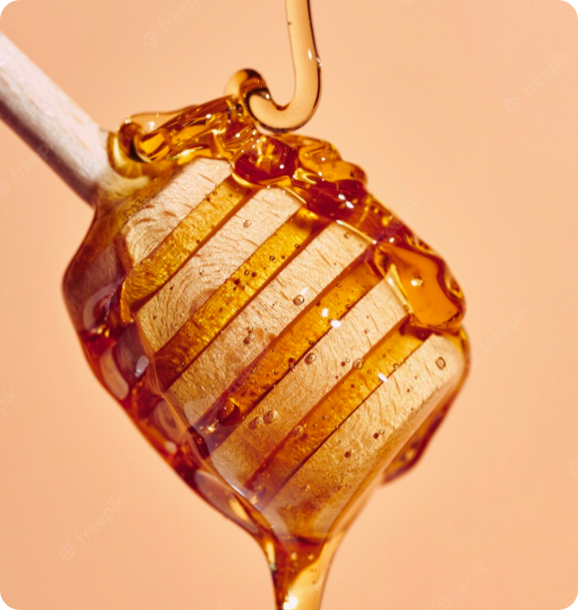Search results for: "blog buzz kill bees are dying and why it matters to you science daily"
Shop now / Get a quote
Custom Blending & Application Support. Looking for something else? We offer custom blending and can help you choose the right honey for your specific application.


Bulk Honey & Ingredients
With almost 50 years of experience in the honey industry, GloryBee knows honey. Honey is more than a sugar source and sweetener; it is a highly complex all-natural ingredient with a unique story. Honey is the clean-label sweetener highly trending as an ingredient across many product categories including: baked goods, appetizers, dressings, sauces, cocktails, and pre-packaged beverages.
